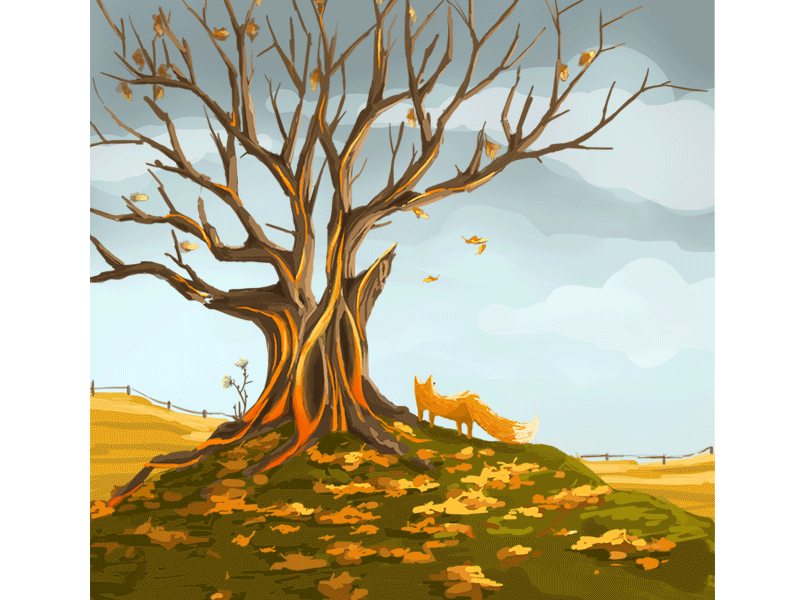
Seasons Change by Ira Z on Dribbble
Sep 22. 1:38 pm EDT. Dec 21. 9:14 am EST. * All times are local time for Roanoke Rapids. Dates are based on the Gregorian calendar. Times adjusted for DST if applicable. Current year is highlighted. The Seasons Calculator shows the times and dates of Vernal (Spring) & Autumnal (Fall) equinoxes and Summer and Winter solstices all over the world.

Change And What We Really Truly WantCan It Be? Tracy Crossley
For the Northern Hemisphere, the axis points most toward the sun in June (specifically around June 21), and away from the sun around December 21. This corresponds to the Winter and Summer Solstice (solstice is Latin for "the sun stands"). For the Southern Hemisphere, this is reversed.
The Seasons Change and So Do I
The calendar is based on Earth's motions, and Earth's motions aren't particularly kind to the calendar. For one thing, a day (based on Earth's rotation) and a year (based on Earth's.

Changing Seasons Artwork ARTmobilehome Pablo Center
As a year passes, regular changes occur in the weather . This cycle of weather changes is divided into four parts, known as the seasons. The four seasons are winter, spring, summer, and autumn, or fall.

Seasons Change Scotty McCreery SensCritique
In contrast, the meteorological start of a season is based on the annual temperature cycle and the 12-month calendar. According to this definition, each season begins on the first of a particular month and lasts for three months: Spring begins on March 1, summer on June 1, autumn on September 1, and winter on December 1.
/four-seasons-tree-montage-102914032-574595a83df78c6bb04ec391.jpg)
Seasonality The Archaeology of Changing Seasons
v t e A season is a division of the year [1] based on changes in weather, ecology, and the number of daylight hours in a given region.

Seasons of Changes... Blog Mayes WardDobbins Funeral Home
But why do Earth's seasons change? The 4 seasons come from Earth's tilt Some assume our planet's changing distance from the sun causes the change in the seasons. It's logical, but not the.

Season's Change Journey Quest
Bibliography Seasons are periods of the year with distinct weather conditions and day lengths. The four seasons — winter, spring, summer, autumn — can vary significantly in characteristics and.

Changing Seasons (as Gaeilge)
Planet Earth Climate Change Timing of Seasons Is Changing News By Andrea Thompson published 3 February 2009 The Earth's seasons have shifted back in the calendar year, with the hottest and.
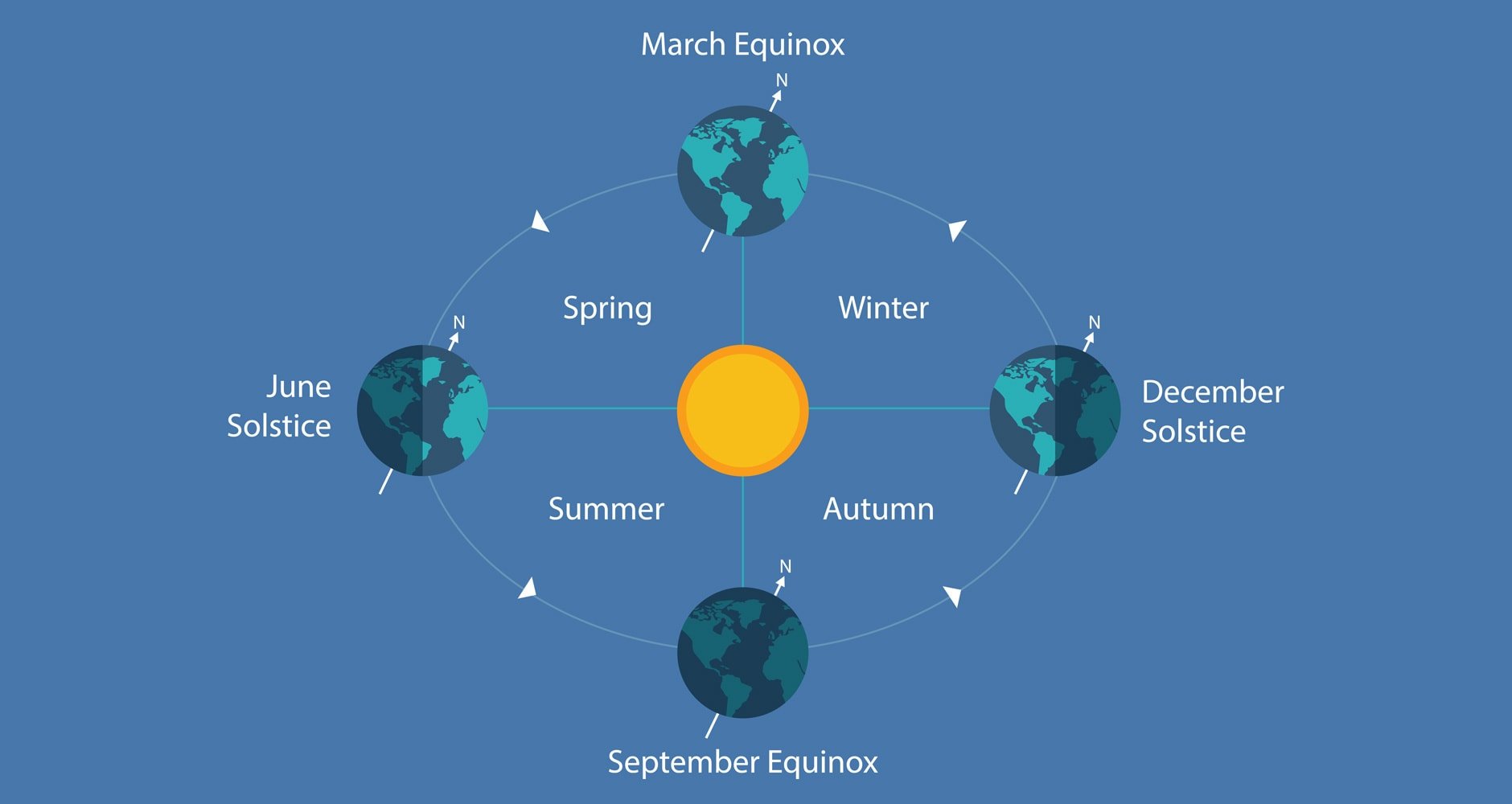
How Do The Seasons Change? Farmers' Almanac Plan Your Day. Grow
The Short Answer: Earth's tilted axis causes the seasons. Throughout the year, different parts of Earth receive the Sun's most direct rays. So, when the North Pole tilts toward the Sun, it's summer in the Northern Hemisphere. And when the South Pole tilts toward the Sun, it's winter in the Northern Hemisphere. It's all about Earth's tilt!

Plants That Change With Seasons Beautiful Plants That Change Dramatically
Published in December 2021, Seasonality and Climate Change: A Review of Observed Evidence in the United States discusses how climate change affects the timing and nature of seasonal events, summarizes changes that have been observed in the United States, and describes the implications of these changes.

Seasons art print Changing Seasons 8 x 10 Glossy Print Seasons
Spring, summer, fall and winter-the seasons on Earth change every few months, around the same time every year. It's easy to take this cycle for granted here on Earth, but not every planet has.
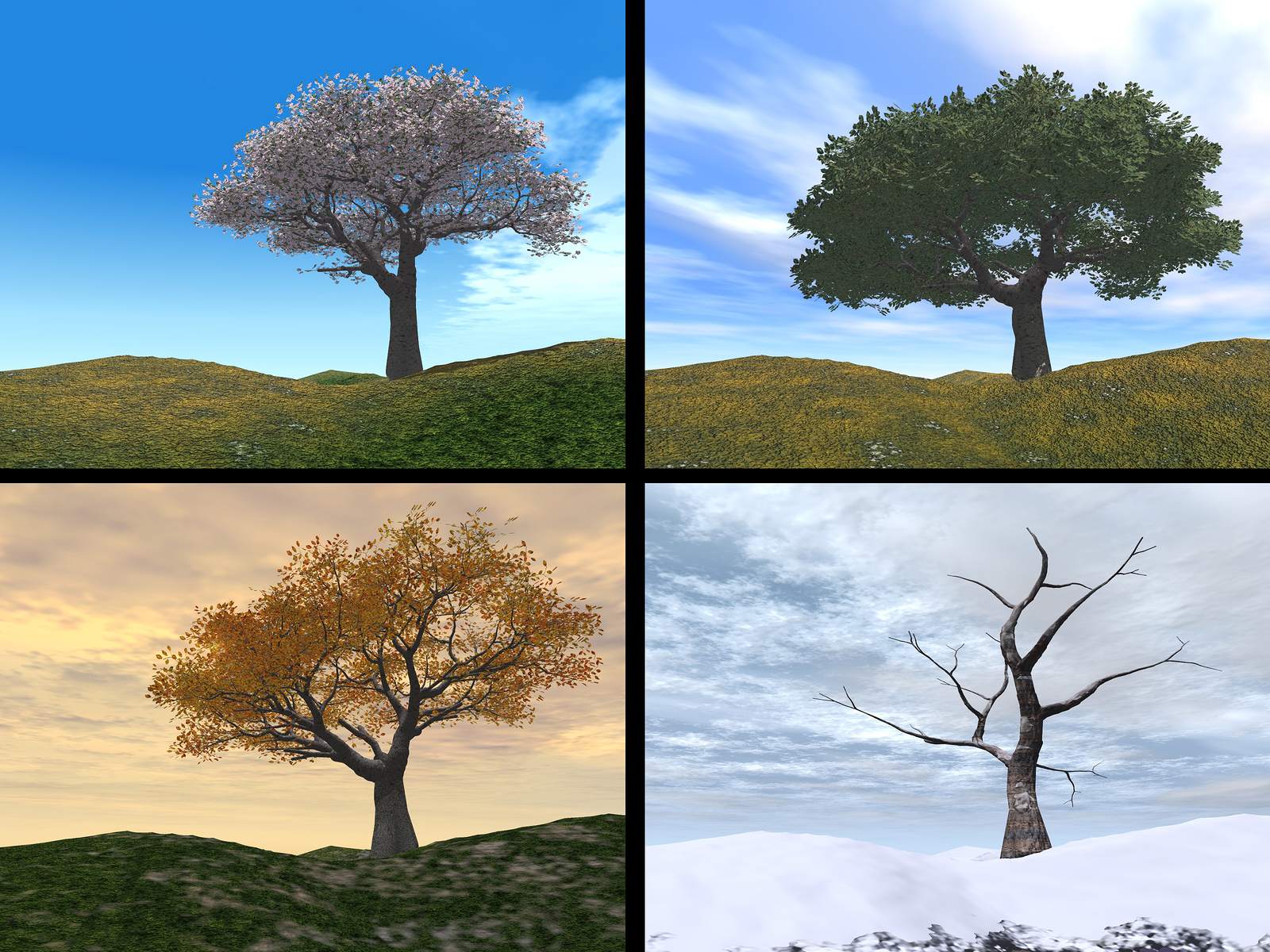
What are seasons? TheSchoolRun
Loading. A season is a period of the year that is distinguished by special climate conditions. The four seasons— spring, summer, fall, and winter —follow one another regularly. Each has its own light, temperature, and weather patterns that repeat yearly. In the Northern Hemisphere, winter generally begins on December 21 or 22.
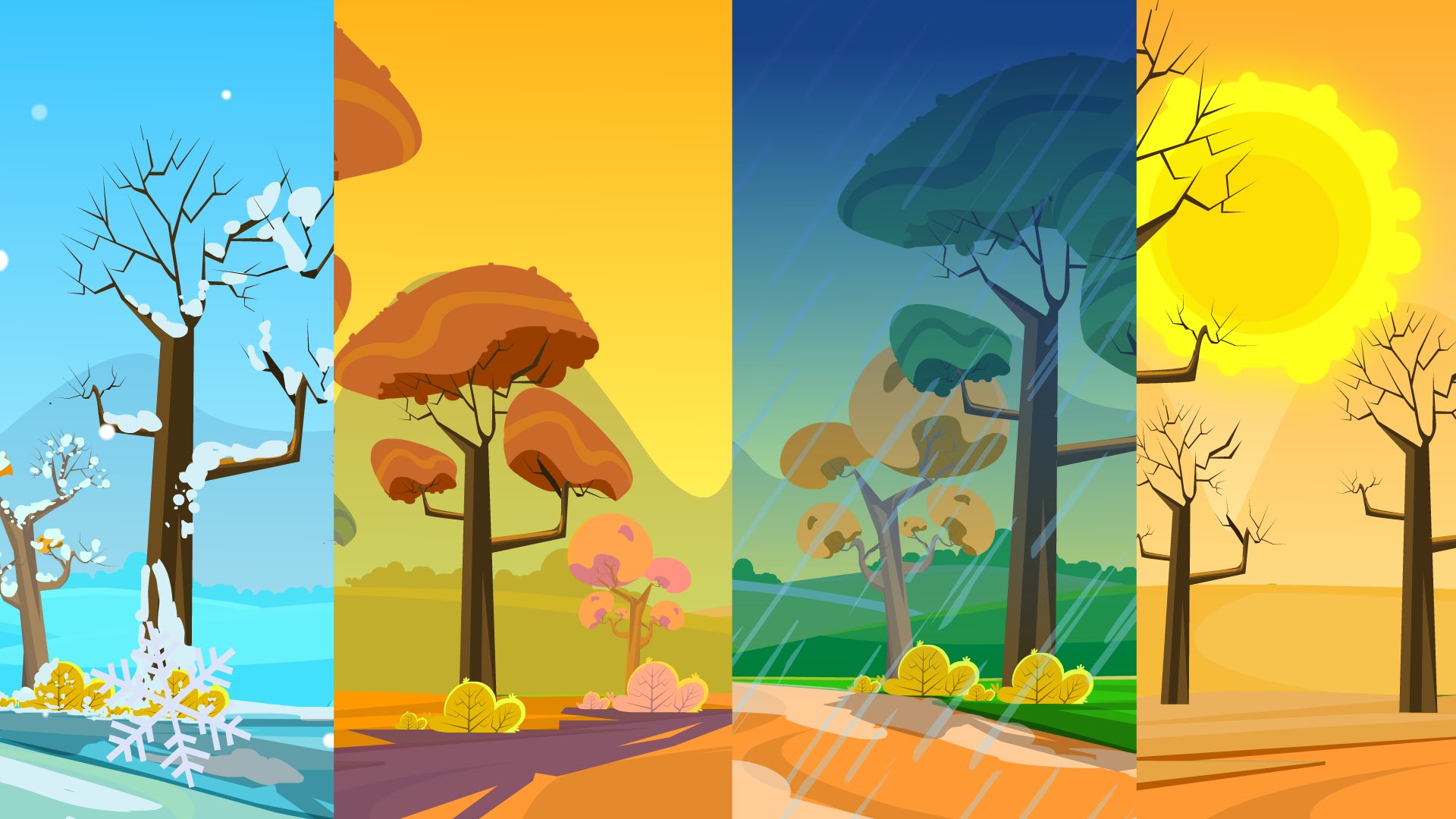
Changing Seasons Deciphering the Periodic Patterns of Gene Expression
According to the meteorological definition, the seasons begin on the first day of the months that include the equinoxes and solstices. In the Northern Hemisphere, for example, spring runs from March 1 to May 31; summer runs from June 1 to August 31; fall (autumn) runs from September 1 to November 30; and
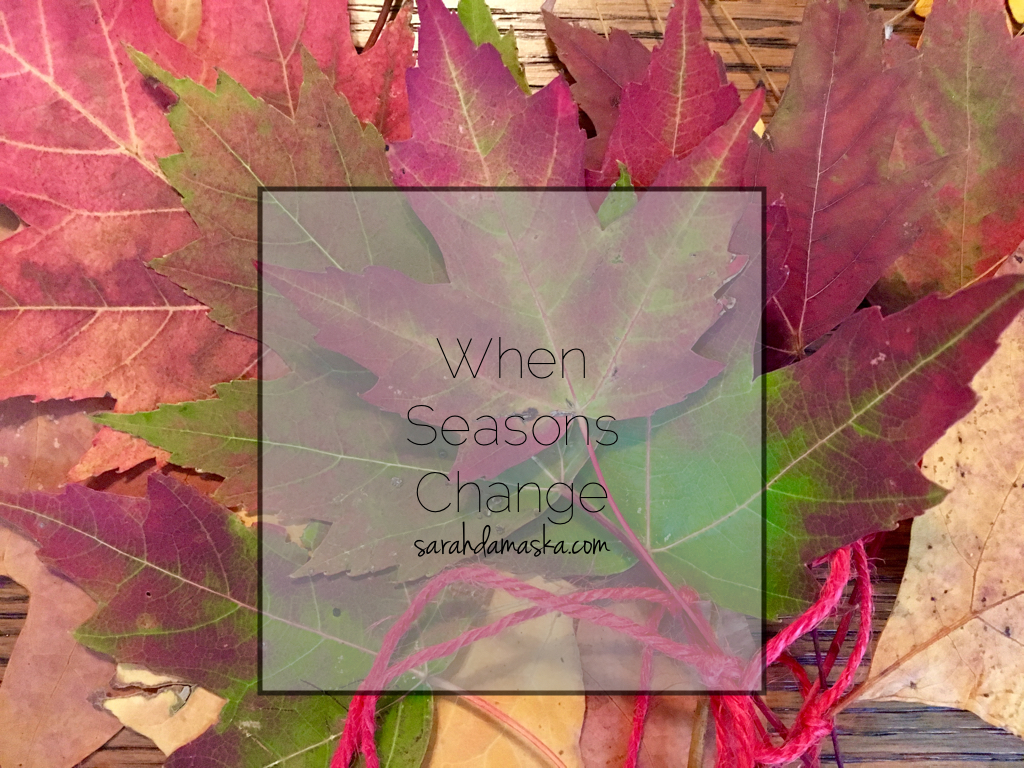
When Seasons Change
This is why June, July and August are summer months in the Northern Hemisphere. What are equinoxes and solstices? Opposite Seasons At the same time, the Southern Hemisphere points away from the Sun, creating winter during the months of June, July and August.

Seasons Change
Season, any of four divisions of the year according to consistent annual changes in the weather. The seasons—winter, spring, summer, and autumn—are commonly regarded in the Northern Hemisphere as beginning respectively on the winter solstice, December 21 or 22; on the vernal equinox, March 20 or